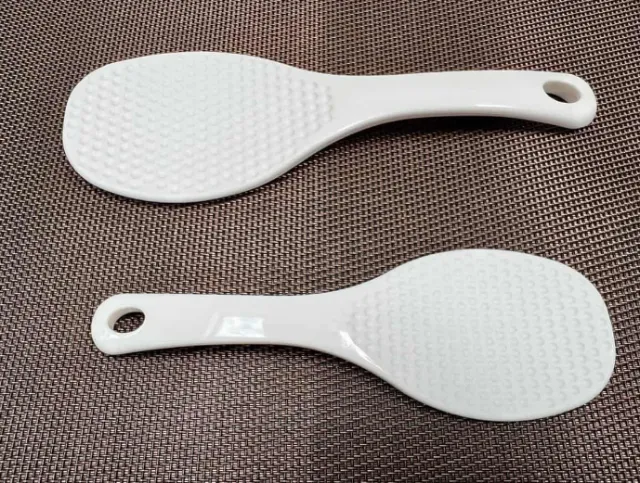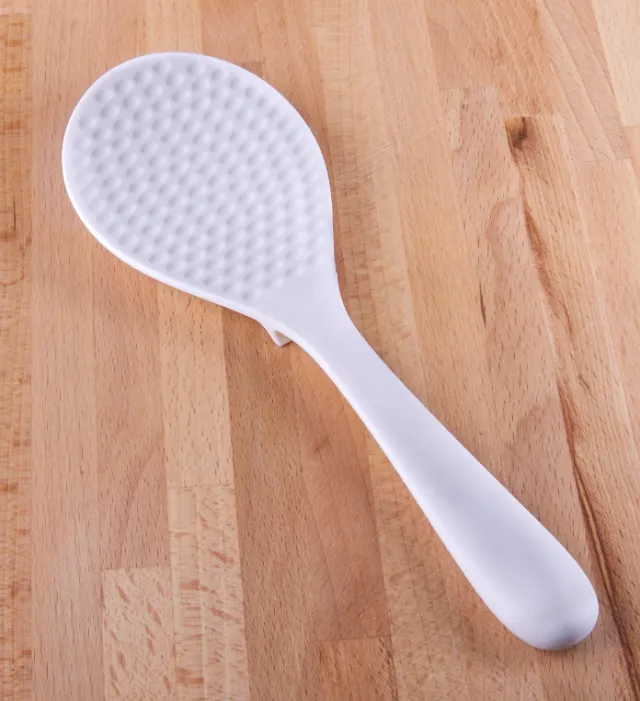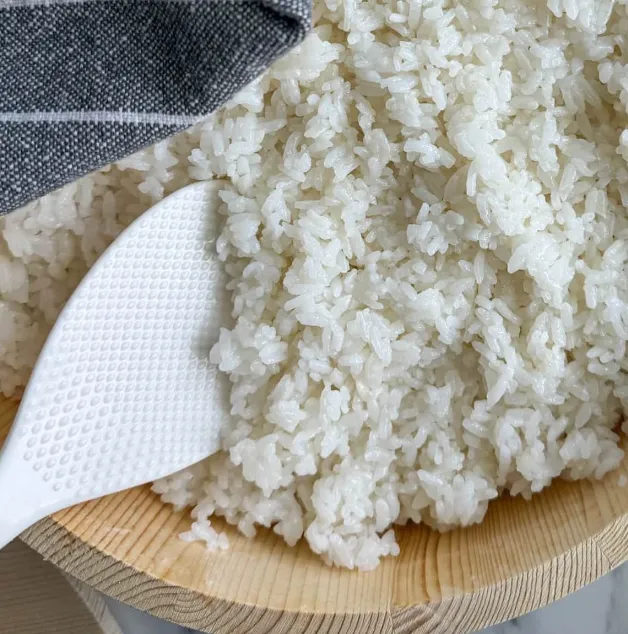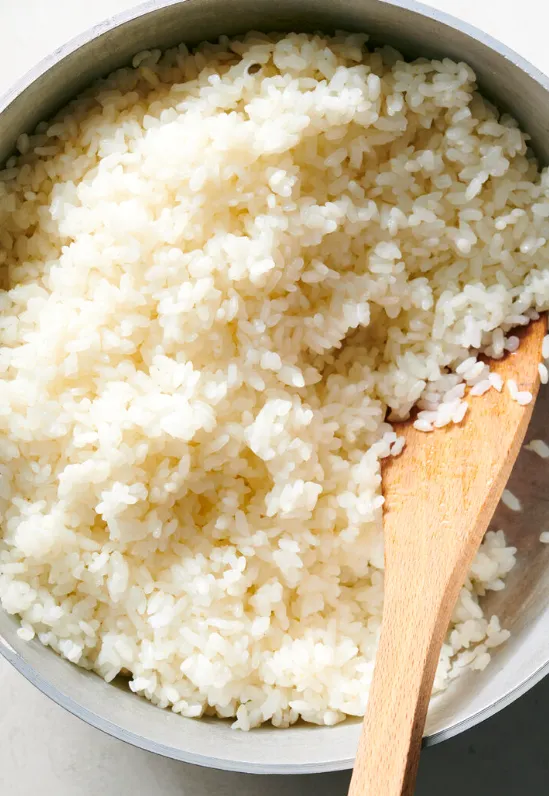Rice scoop is unique design makes it perfect for portioning rice, but have you ever noticed the small grains that often accumulate on the scoop?
The small grains on the scoop can enhance your cooking experience and help you make the most of your kitchen tools.
Understanding kitchen tools
What is a rice scoop?

A kiten tool is a specialized kitchen utensil designed for serving rice. Its shape and material make it ideal for portioning and serving rice without damaging the grains.
Typically, rice scoops are larger and flatter than regular spoons, allowing for easy scooping and serving.
The kiten tool are made from various materials, including plastic, bamboo, and wood. Each material has its pros and cons:
– Plastic: Lightweight, easy to clean, and often dishwasher safe.
– Bamboo: Eco-friendly and adds a traditional touch but may require more care.
– Wood: Durable and aesthetically pleasing but can absorb odors and stains if not maintained properly.
What are the small grains on the kitchen tools ?

The small grains on a rice scoop can vary in appearance. They might look like tiny particles or flecks that accumulate on the surface.
Depending on the material of the rice scoop, the rice grains can vary in appearance.
When served, these grains may be light in color, resembling the rice itself.
Alternatively, they could be darker particles that come from the scoop material.
Common types of grains found on rice scoops
The grains found on rice scoops can originate from several sources, including:
– Rice Residue: Tiny bits of rice that stick to the scoop during serving.
– Starch Particles: Starch from cooked rice that can create a sticky residue.
– Plastic Particles: For plastic scoops, small particles may chip off over time.
Purpose of the small grains on the kitchen tools
Enhancing grip and texture

The small grains on a rice scoop serve to enhance grip and texture.
They provide a non-slip surface, making it easier to handle the scoop, especially when portioning rice.
This texture can be particularly beneficial when dealing with sticky rice varieties, ensuring that you can serve without dropping any grains.
Reducing clumping of rice
Another significant purpose of these small grains is to reduce clumping. When scooping rice, the grains can help create a barrier that prevents the rice from sticking together.
This is particularly important for serving fluffy rice, where each grain should remain separate.
Measuring ortions
Interestingly, these small grains can also assist in measuring portions.

The accumulation of grains can give a visual cue for how much rice is on the scoop.
Many cooks find that using a rice scoop with small grains allows for more consistent serving sizes, enhancing meal presentation and portion control.
While rice servers are designed primarily for rice, they are versatile kitchen tools. They can be used to serve other foods such as:
– Quinoa
– Couscous
– Grits
– Other grain-based dishes
Creative uses for rice paddles in the kitchen
Cook servers can also serve various creative purposes in the kitchen. Here are a few ideas:
– Mixing Ingredients: Use a rice scoop to mix salads or other grain dishes without damaging the texture.
– Serving Other Foods: They work well for serving pasta, beans, or even salad.
– Portioning Batters: A rice scoop can help portion out batters for muffins or pancakes.